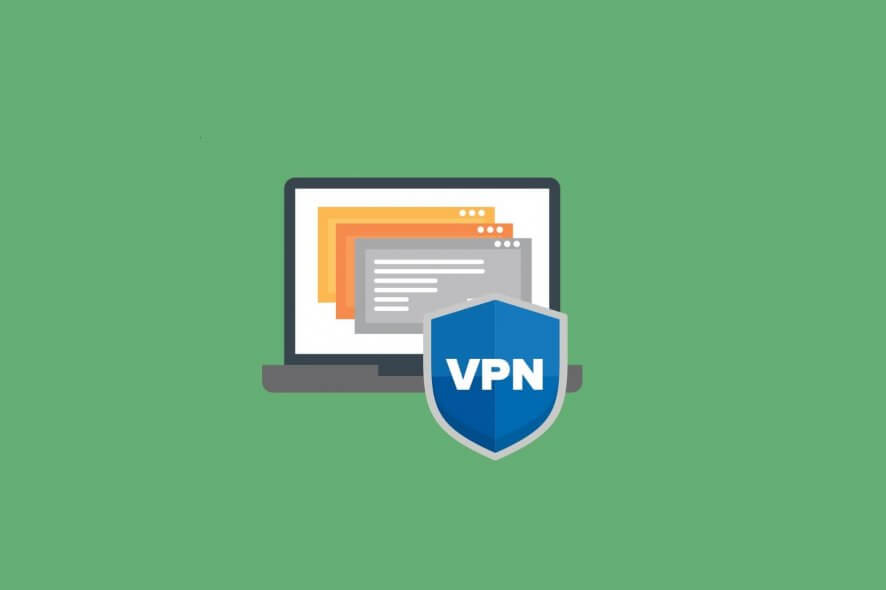VPN systems are classified as virtual private networks that do not need a physical connection, allowing users to directly connect and access the device on private networks. Security agencies such as secure contact between the remote device and the network and keeping the IP address of the user hidden are given by the VPN. The biggest benefit of VPN is that, by providing a safe tunnel between the customer and the private network, it helps shield organizations with sensitive data from cyber-attacks. Another gain is that it masks the user’s IP address and leaves only the private network’s IP address available, making it impossible for third parties to track the actions of internet users. To address more of the advantages of VPNs, you can look at the NordVPN review that explains in detail for more information.
SSL VPN
With the support of a web browser and the SSL encryption protocol, SSL VPN enables clients to access a web server remotely.
SSL Portal VPN: The purpose of SSL Portal VPN is to allow the user to access several network services and other on-site tools through an SSL connection. For all of this, a web page that serves as a gateway for reaching other resources can be viewed during the authorization process after accessing the internet via a web browser.
SSL Tunnel VPN: This approach helps the browser, with the aid of a tunnel running under SSL, to access different network resources, including non-web-based programs and protocols.
Below we will mention common SSL VPN problems and also related firewall issues.
Lacking performance
A typical problem of troubleshooting is connected to poor results. It can take an unreasonable amount of time for SSL VPN clients to connect to the SSL VPN gateway or reversed proxy server, but things go fast once the SSL connection is formed. The most frequent explanation for this condition is that the SSL VPN client does not enter the Certificate Revocation List (CRL). This issue can be overcome whether by rendering the CRL accessible to Internet hosts or by setting up the Web browser of the SSL VPN client to bypass CRL searching to improve VPN performance.
Problems with DNS Host Configuration
The name of the SSL VPN gateway or reversed proxy server should be resolved by SSL VPN clients, irrespective of their area. For both on-site and off-site work, many organizations issue laptop computers that staff use. You must build a separate DNS serving your SSL VPN implementation to prevent complications with users having to recall a separate naming scheme depending on their positions.
A split DNS separates the very same domain name into two or more DNS areas, usually stored on multiple physical DNS servers. There has to be one zone requesting services from hosts on the business organization, and one zone requesting services from hosts found on the Web. A split DNS architecture gives straightforward access, regardless of origin, to company hosted services. Depending on their present position, users don’t need to remember multiple names, which will dramatically minimize the number of Support Desk requests.
Firewall and Proxy Issues
The client-side aspect is always the hardest problem you need to figure out how to solve. While universal access via a “clientless” communication is one of the project requirements of an SSL VPN, the fact is that a web browser (client) is necessary to build the SSL VPN connection.
That being said, the only other time that a Browser is a client-side aspect of the SSL VPN client formula is when it interacts with service providers that have built-in Web support, such as Outlook Web Access, and Exchange ActiveSync from Microsoft Exchange Server. If an SSL VPN gateway offers remote connections to non-Web-enabled server facilities, a second client must be installed. These are usually controlling for ActiveX or related add-ons to the browser. If the individual is at a place where the uploading and updating of additional applications are not allowed, the SSL VPN link or data access request will malfunction.
Web Application Firewall Configurations
Setting up the web application firewall in conjunction with the maintenance period of a web application prevents big issues. Whenever the website is being upgraded or updates are applied, the ideal condition to configure a web application firewall is. There is a high possibility that the application will not be secured if the two activities don’t come at the same time. In this situation, the application would be detected as a rogue component and it will be blocked. The effect can be serious for users of the website, who face issues such as missing out on news feeds, not being able to publish message posts, and unavailable content.
Search the third-party app bug/vulnerability.
The core of Web 2.0 is mashups, streams, and/or aggregators, but if they hold bugs, they put the whole Web system at risk of assault. It will be secured by putting a Web Firewall in front of a website, but a safe framework security scan will guarantee 100 percent comfort. Audit tools are available in manually and automatic versions: external organizations or contractors perform the manual ones and follow PCI DSS specifications, while independent scanning software performs automated tests. It is fair to operate both manual and automatic research instruments for true peace of mind.
